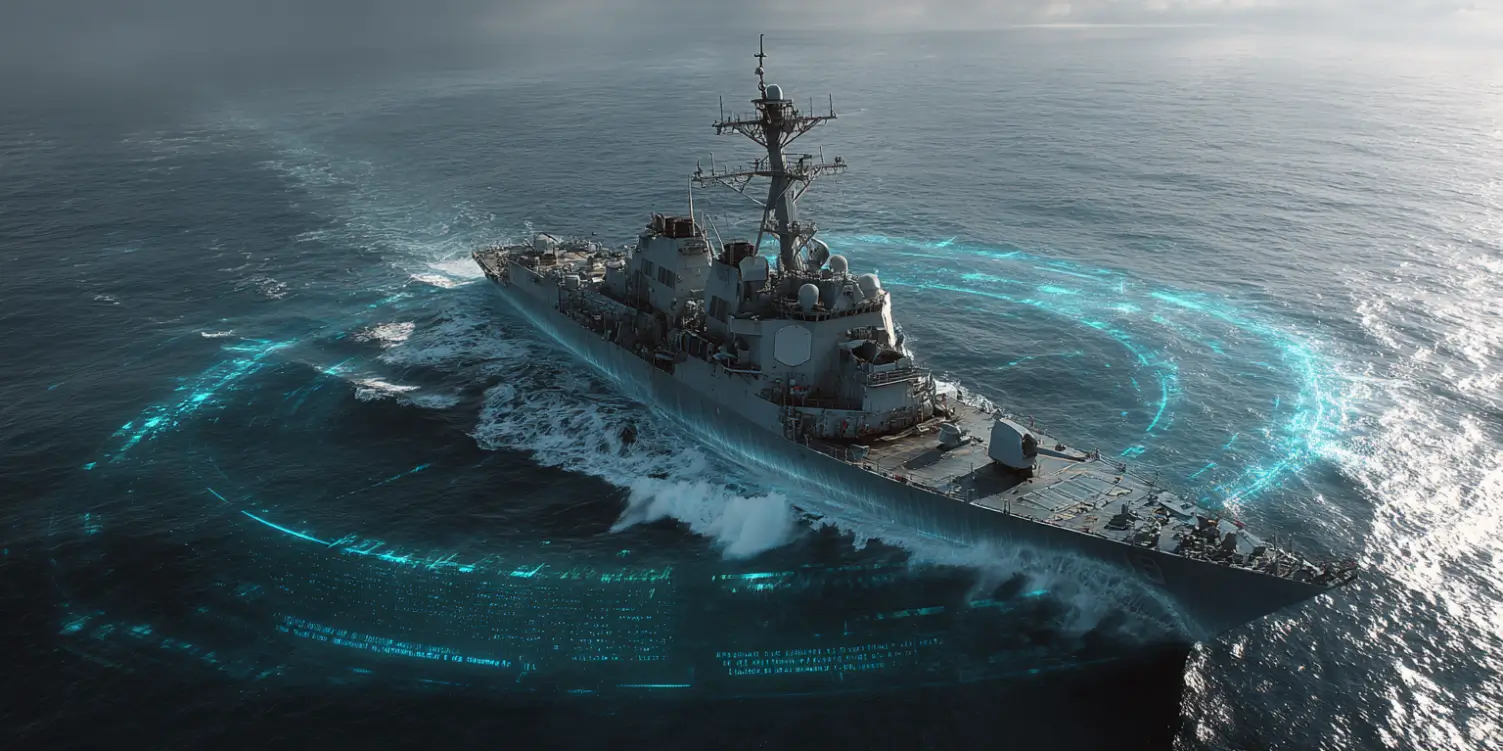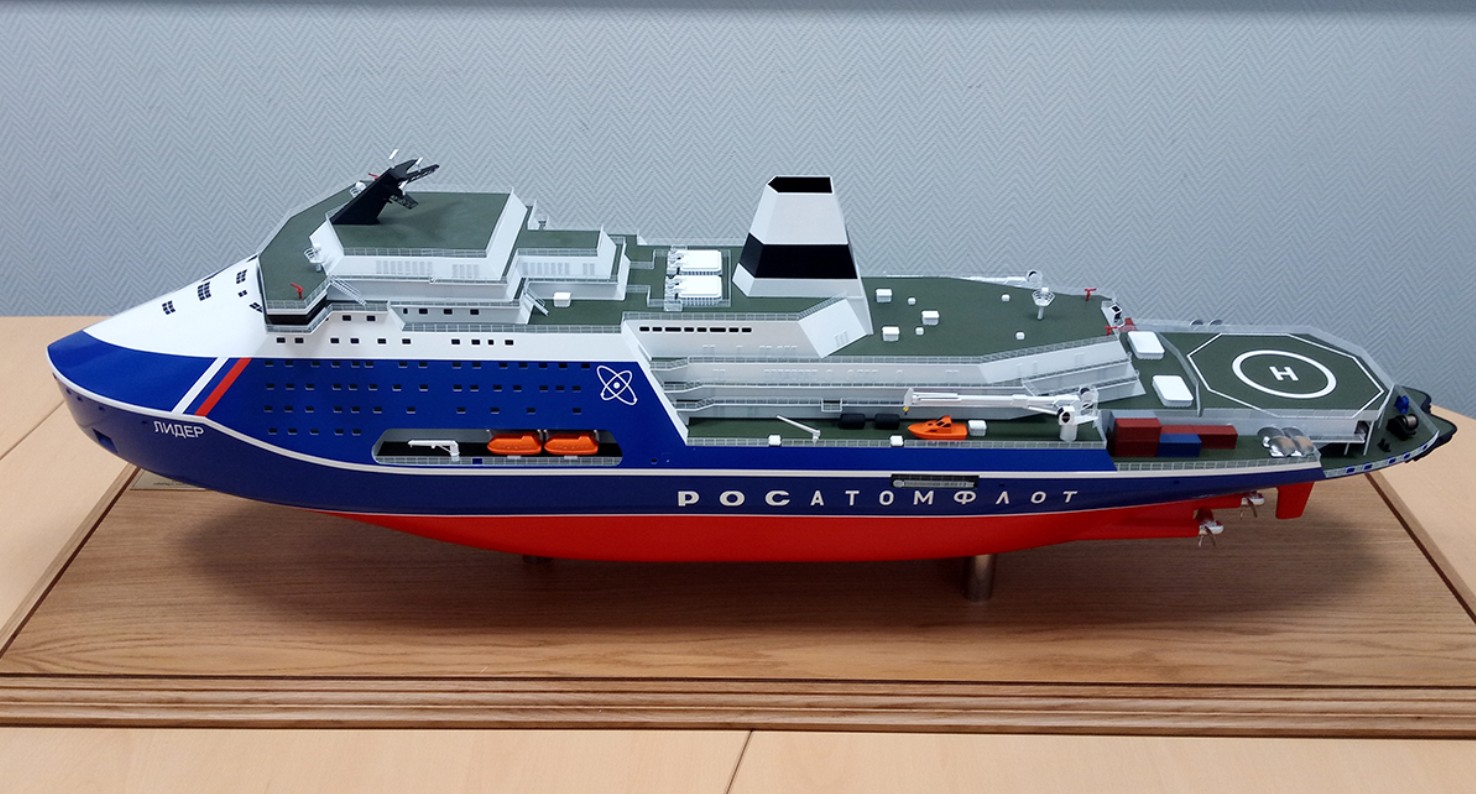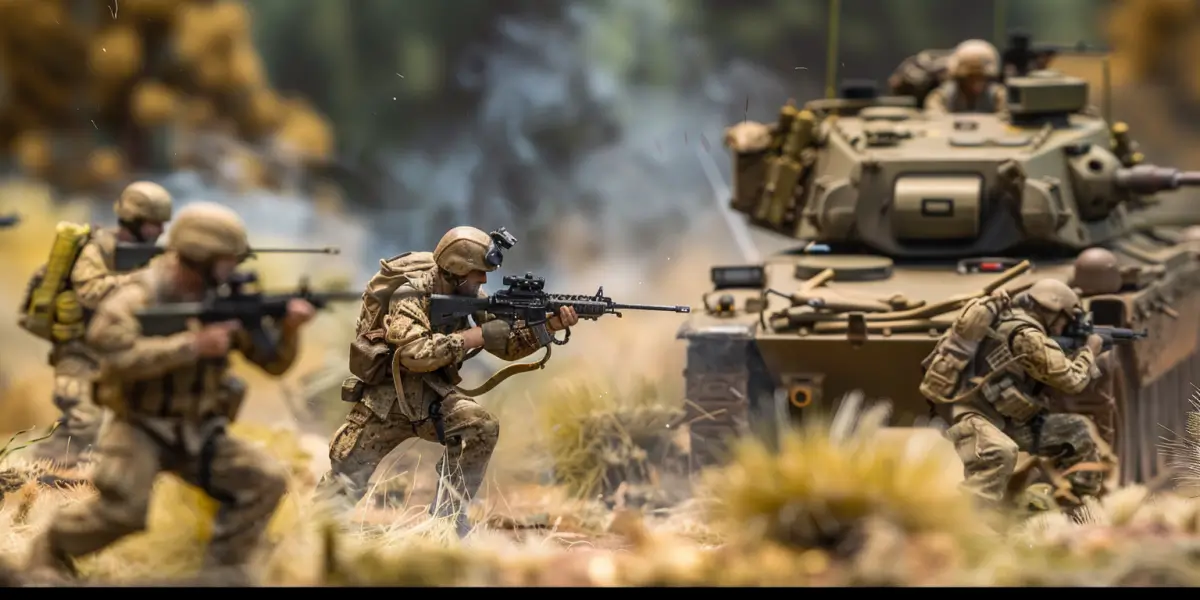Warships have long been at the forefront of naval power, providing essential defense capabilities and projecting force across the seas. In recent years, significant advancements in warship technology have further solidified their position as formidable assets on the water. One area where warships have seen remarkable progress is in their ability to counter submarines, which have historically posed a significant threat to naval operations.
The Evolution of Warship Capabilities
From ancient galleys to modern aircraft carriers, warships have undergone a remarkable evolution in size, speed, and firepower. Today’s warships are equipped with state-of-the-art technology that enables them to detect, track, and engage enemy submarines with greater precision and efficiency than ever before.
Anti-Submarine Warfare
Anti-submarine warfare (ASW) has become a central focus for many navies around the world, as submarines continue to be a key component of maritime security strategies. Warships are now equipped with a range of sensors, sonar systems, and weapons specifically designed to detect and neutralize enemy submarines.
One of the key technologies that has revolutionized warship capabilities against submarines is sonar. Sonar systems use sound waves to detect underwater objects, including submarines, and can provide valuable information about their location, speed, and direction. Advances in sonar technology have greatly enhanced warships’ ability to detect and track submarines in all types of underwater environments.
Another critical technology in anti-submarine warfare is the use of unmanned underwater vehicles (UUVs). These autonomous or remotely operated vehicles can gather intelligence, conduct surveillance, and deploy weapons against enemy submarines, providing warships with a versatile and effective tool for ASW operations.
Warships are armed with a variety of weapons systems that are specifically designed to engage and neutralize submarines. These may include anti-submarine torpedoes, depth charges, and anti-submarine missiles. These weapons can be launched from surface warships, aircraft, or submarines themselves, forming a comprehensive and multi-dimensional approach to countering the submarine threat.
Naval Tactics
Navies around the world have developed sophisticated tactics and strategies tailored to anti-submarine warfare. These tactics often involve coordinated efforts between warships, maritime patrol aircraft, and other assets to detect, track, and engage enemy submarines. By leveraging the strengths of different platforms and sensors, navies can effectively neutralize submarine threats in their operational areas.
Challenges and Future Outlook
Despite the significant advancements in warship capabilities against submarines, challenges remain in the changing maritime security landscape. Emerging technologies such as advanced stealth capabilities and underwater drones present new challenges for anti-submarine warfare. Navies must continue to innovate and adapt their tactics and technologies to stay ahead of evolving submarine threats.
Looking to the future, the development of next-generation warships and underwater sensors will further enhance naval capabilities against submarines. By leveraging cutting-edge technology and fostering international collaboration, navies can maintain their edge in anti-submarine warfare and protect their interests at sea.









